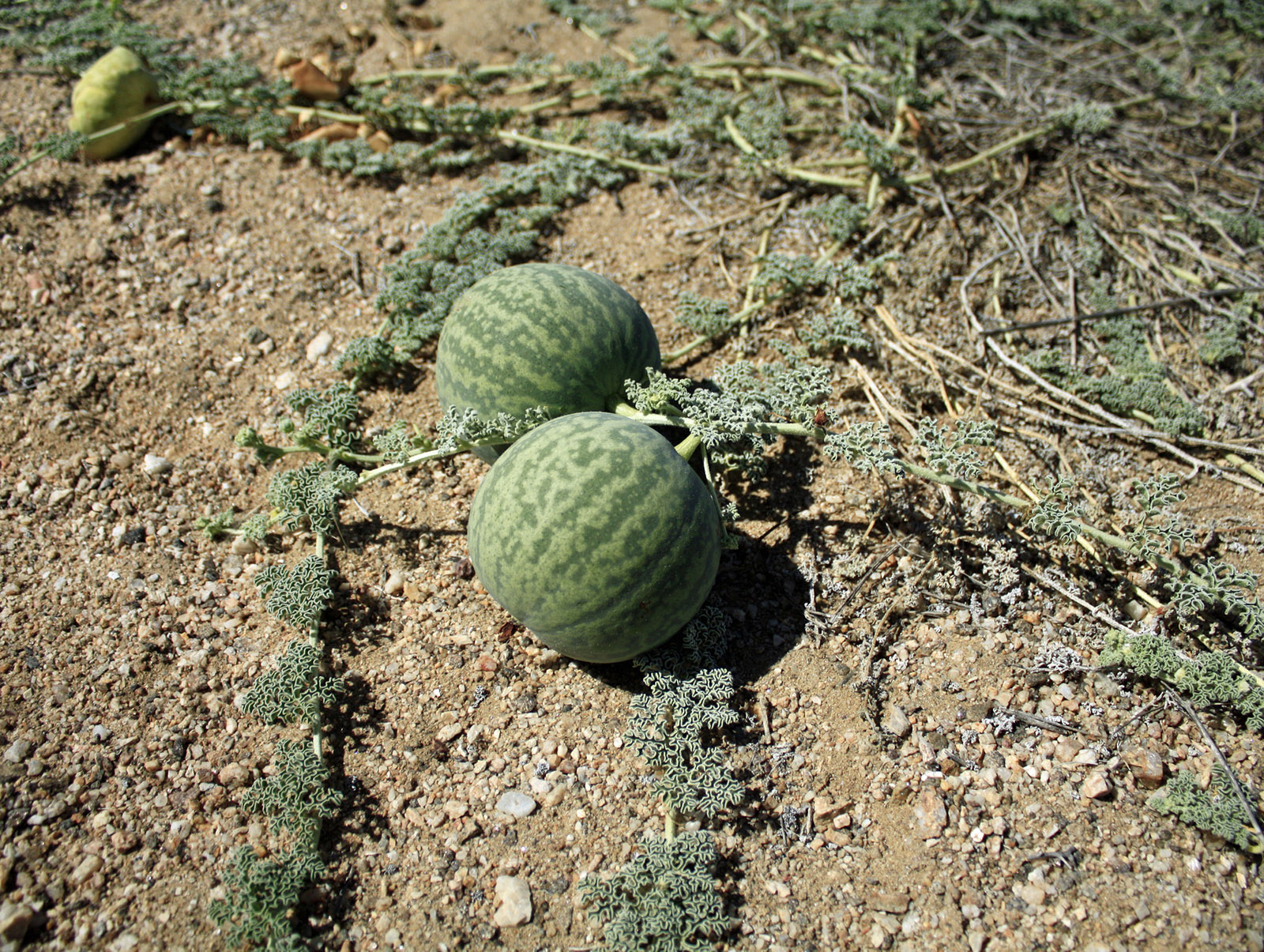The first dish you'll fall in love with this summer? Cold pasta with fruit
Do not be horrified at the thought of a dish of pasta with fruit. Try these fusilli with melon and change your mind.
Risotto with strawberries or blueberries is one of the most delicate and sophisticated first courses to bring to the table when you want to amaze your guests.
So why not try to combine the classic semolina pasta with a typically summer fruit like the melon?
More than a hot dish, this is an excellent pasta salad to be consumed on hot summer days, very easy to prepare and very practical to take with you to work.
Let's discover the ingredients and the recipe together.
Which pasta to choose
Let's start with the principle and then the choice of pasta format.
We recommend a short pasta because in this recipe the seasoning is not enveloping and therefore a spaghetti would be too dry. And then this pasta should be eaten cold and then pennette, fusilli, but also Sardinian orecchiette and gnocchetti are preserved better than a linguina or a tagliatella.
You can substitute pasta with cereals if you want a more nutritious and rich meal or you can opt for whole wheat pasta, very good also cold and perfect in combination with raw ingredients as in this case.
How to recognize a good melon
First look at it. It must not be dented and must have a uniform color peel.
Touch it to understand if it is hard or too soft and in the second case discard it.
Then smell it and if you can smell it it means it's the right one.

Melon pasta recipe
The process is really very simple, you just need to assemble the ingredients.
Once cooked al dente, drain the pasta and let it cool seasoned only with a little extra virgin olive oil.
Then add some Tropea onion, plenty of basil, melon cubes (or balls for a more elegant presentation), fairly soft avocado slices, but not too much, and small mozzarella balls.
You can also use pesto to give more flavor to pasta and legumes if you want to enrich it. Chickpeas, for example, would be perfect because they give a touch of crunchiness that is always good in a cold dish.
A perfect presentation
If you want to offer this very simple recipe to your guests, make it a rule of art and then serve it in a melon cut in two parts and emptied of its pulp.
You will get some very nice single portion bowls to present.
Obviously the melon pulp should be reused in the dressing and therefore nothing should be thrown away, not even the seeds that can be washed, dried and baked in the oven with oil and salt.
If you like the idea of pasta with fruit, take a look at our gallery to find other inspirations.

